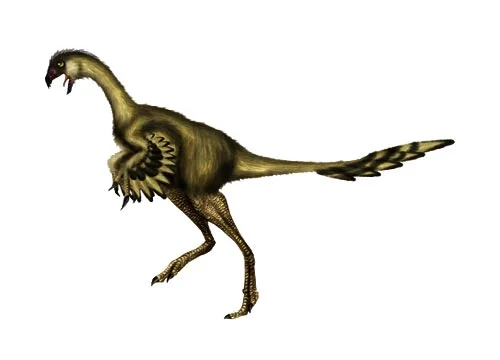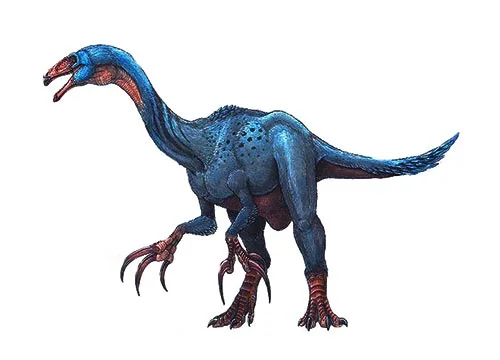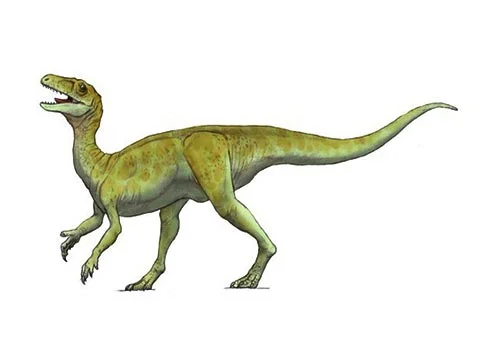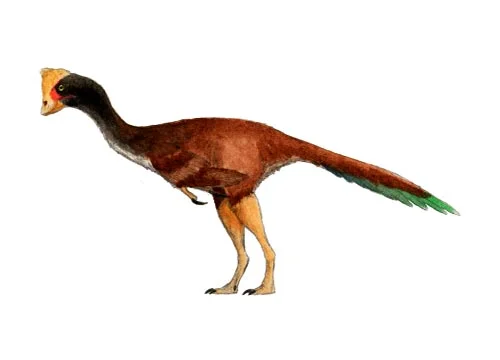Omnivore Dinosaurs
Omnivorous dinosaurs were a group of dinosaurs that ate both plants and animals during the Mesozoic Era. These dinosaurs were found in many different groups, and evolved a variety of adaptations for their mixed diets.
Some of the most well-known omnivorous dinosaurs include:
Ornithomimosaurs – Ornithomimosaurs were a group of theropod dinosaurs that were characterized by their bird-like appearance and long, slender legs. They had beaks that were well-suited for eating plants, and may have also fed on small animals.
Therizinosaurs – Therizinosaurs were a group of theropod dinosaurs that were characterized by their long, curved claws and small heads. They had beaks that were well-suited for eating plants, and may have also fed on insects and other small animals.
Oviraptorosaurs – Oviraptorosaurs were a group of theropods that were found throughout the Cretaceous period. They had beaks that were well-suited for cracking open eggs, and may have also fed on plants and other small prey.
Hadrosaurs – Hadrosaurs were a group of ornithischian dinosaurs that were characterized by their duck-like bills and extensive dental batteries, which allowed them to efficiently process plant material. They may have also fed on insects and other small animals.
Omnivorous dinosaurs evolved a variety of adaptations for their mixed diets. These adaptations included beaks that were well-suited for eating plants and teeth that were well-suited for eating small animals, as well as specialized digestive systems that allowed them to process both plant and animal matter. Some omnivorous dinosaurs also had complex cognitive abilities, which may have helped them to find and catch their prey more effectively.
Despite their success, however, many omnivorous dinosaurs eventually went extinct, possibly due to changes in their environments or competition with other predators. Today, their closest living relatives are birds, which are thought to have evolved from small, feathered theropod dinosaurs that lived during the Late Cretaceous period. Although they are now much smaller and less specialized than their dinosaur ancestors, birds still retain many of the adaptations that made their omnivorous dinosaur ancestors such successful predators of both plants and animals.






![Coloradisaurus ([Los] Colorados lizard)](https://dinosaurencyclopedia.b-cdn.net/wp-content/uploads/2023/02/Coloradisaurus.webp)






















